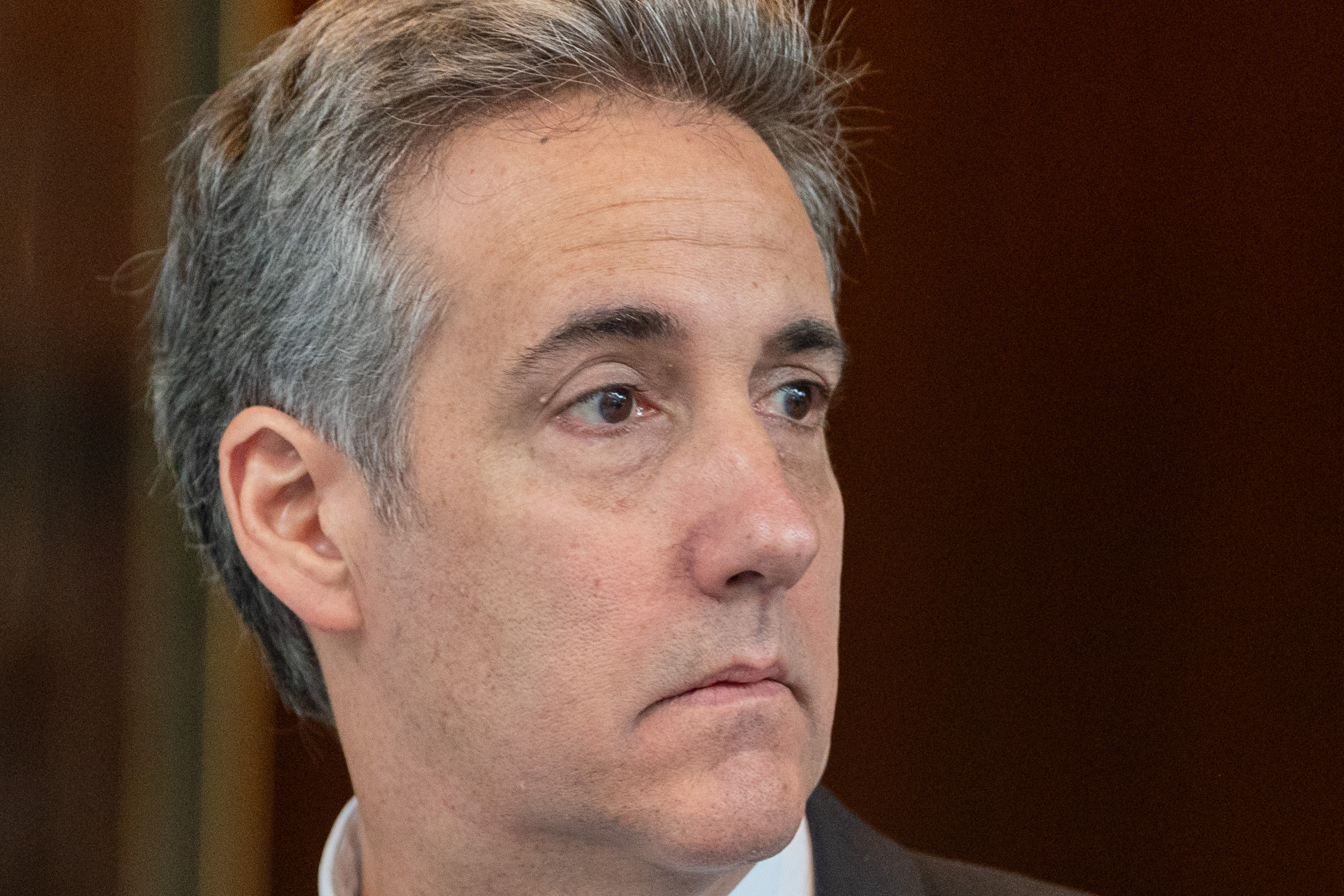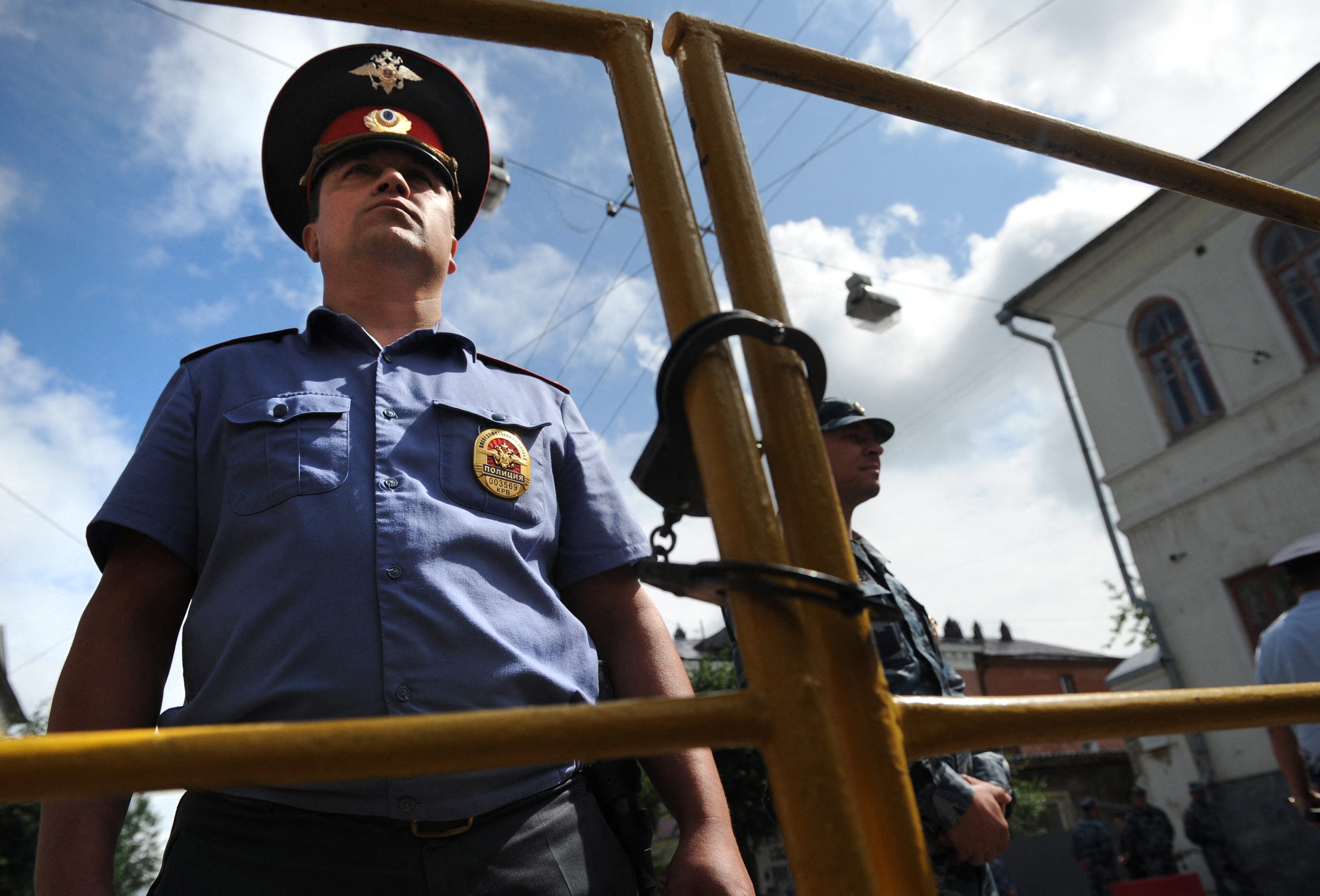Joe Biden has faced criticism from both sides of the political spectrum for approving a small section of wall along the United States-Mexico border while continuing to emphatically deny that such barriers stop the flow of undocumented migrants that has continued to grow.
When asked if he thought a border wall worked—having said during the 2020 election that "not another foot of wall would be constructed" under his watch—the president, sitting in the Oval Office on Thursday, responded with a flat: "No."
The Biden administration argues that the money for the wall had been appropriated in 2019 before he took office, and its appropriation required the funding to be used and construction completed in 2023. Biden said he attempted to get the funding redirected, but Congress refused.
"The money was appropriated for the border wall," Biden said. "I can't stop that."

But his administration's decision to waive 23 federal laws to allow the section of border wall appeared as a concession to Republicans, who have called for enhanced measures to stem the tide of migrants making the at-times perilous journey.
U.S. Customs and Border Protection (CBP) figures show that in the 11 months to August, there were over 2.2 million encounters along the border, just shy of the nearly 2.4 million recorded for 2022.
"There is no new administration policy with respect to border walls," Secretary of Homeland Security Alejandro Mayorkas said in a statement. "From day one, this administration has made clear that a border wall is not the answer. That remains our position."
For his part, former President Donald Trump reacted with glee to the news, writing on Truth Social: "As I have stated often, over thousands of years, there are only two things that have consistently worked, wheels, and walls!"
But how do the two administrations' border wall constructions compare? Biden's reticently approved addition to the U.S.-Mexico frontier will be comprised of 20 miles of barriers in a rural stretch of the Rio Grande Valley on the southern tip of Texas.
According to approval documents signed off by Mayorkas, the Starr County construction will cover an area deemed to be of "high illegal entry." In the year to August, there were nearly 300,000 encounters in the sector, CBP figures show.
By contrast, the Trump administration set itself the target of 509 miles of new or converted barrier walls by the end of his administration, including the section of wall Biden has just approved.
As of January 23, 2020, just 110 miles had been completed, due to complications with construction and an emphasis on replacing older, less effective deterrents, according to figures compiled by The Washington Post. Of the then-654 miles of barrier that had already been constructed, 133 miles of wall were due to be replaced, and 300 miles of "vehicle barriers"—low obstacles made of old railroad tracks—swapped out for walls.
By the end of Trump's term, in January of the following year, just 80 miles of new wall had been constructed, 47 miles of which comprised of primary wall and 33 miles of secondary wall, built to reinforce the frontier barrier.
Around $15 billion was spent by various departments under the Trump administration for the construction of the border walls. According to the CBP, in 2019 Congress approved $1.375 billion for the construction of the fencing in the Rio Grande Valley.
It remains unclear how much of the proposed Trump-era border wall has been constructed to date.
Newsweek reached out to the CBP via email for comment.
Neither Trump nor Biden have approved barriers that would stretch the entire 1,954-mile length of the border with Mexico, as some areas have natural obstacles that make crossings difficult. Much of Texas's border runs along the course of the Rio Grande River, which is around 328 feet across at its widest point.
However, it has not stopped some migrants from attempting a life-threatening crossing of the river, and Texas Governor Greg Abbott faced criticism for placing floating "circular saws" in the river to deter crossings earlier in the year.
Uncommon Knowledge
Newsweek is committed to challenging conventional wisdom and finding connections in the search for common ground.
Newsweek is committed to challenging conventional wisdom and finding connections in the search for common ground.
About the writer
Aleks Phillips is a Newsweek U.S. News Reporter based in London. His focus is on U.S. politics and the environment. ... Read more
To read how Newsweek uses AI as a newsroom tool, Click here.





